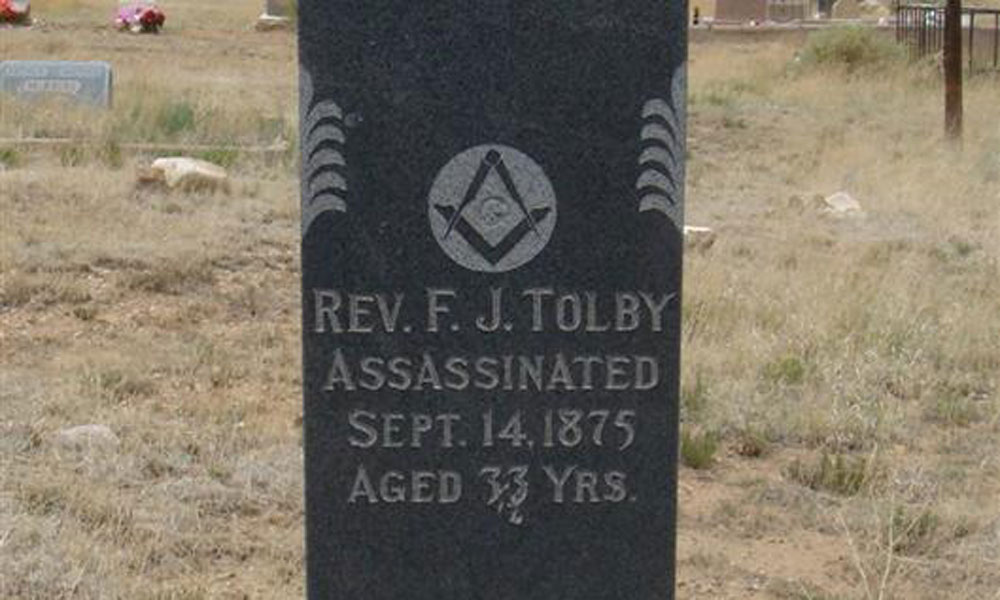What was the 1862 Dakota War?
Tom Redmond
Delano, Minnesota
It was a tragic conflict of cultures, with two different ways of life trying to occupy the same land.
The Santee Sioux, weakened by generations of warfare with the Chippewa, made a treaty and ended up selling their hunting grounds while retaining a small reservation.
These were tough times for the Santee. Efforts by the government to turn them into farmers produced frustration among them. Unscrupulous traders kept them debauched. Still they resisted resorting to violence—even when the advent of the Civil War gave them an opening with the removal of federal troops from Minnesota.
On August 17, 1862, some Santee youths dared one another to demonstrate their courage—and five settlers were murdered. Then Chief Little Crow reluctantly agreed to lead other Santees in a war against the whites. At dawn on August 18, they spread across the countryside, killing, raping, pillaging and burning. It was one of the worst cases of savagery in the history of uprisings. By evening some 400 settlers had been slain.
The 5th Minnesota Infantry rushed to the agency, but was cut to pieces, losing half their men. The survivors retreated to Fort Ridgely where, on August 22, they came under attack by some 800 warriors. Although outnumbered, the garrison was armed with howitzers, forcing Little Crow and his warriors to retreat. Another defeat at New Ulm turned the tide, but not before some 800 settlers were dead. A series of battles finally ended the uprising.
A commission of questionable legality convened and prepared charges. On November 3, it sentenced 303 Santee to death. President Abraham Lincoln reviewed the cases and commuted most of the sentences to prison terms. The remaining 38 were hanged in Mankato in December, the largest mass execution in U.S. history.
Unfortunately, many of the real perpetrators, knowing their guilt, took to the hills and got away. Little Crow was killed the following June near Hutchinson. The rest of the tribe was expelled from the region.





